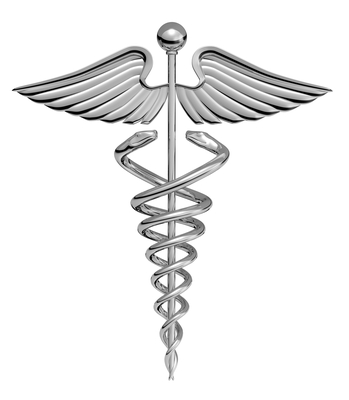Surprising Medical Conditions Physical Therapists Treat
- Parkinson’s Disease
- Cerebral Palsy
- Lymphedema
- Cancer
- Severe Burns
Individuals suffering from musculoskeletal issues or sports-related injuries often schedule themselves physical therapy appointments. The purpose of the initial appointment is to develop a plan where the licensed physical therapist will examine the patient, assess their physical limitations, and develop a plan to regain mobility, reduce pain, or to manage their condition.
While physical therapists are specialized in diagnosing and treating patients with musculoskeletal issues, the American Physical Therapy Association points out that they are also healthcare specialists who use clinical techniques that restore, maintain, and promote the optimal quality of life for the patient in question. To promote well being, PT’s will work closely with networks of doctors to treat a long list of conditions as part of a medical team. Here are five conditions PT’s can help treat:
1. Parkinson’s Disease
According to the Parkinson Association, more than 10 million people suffer from Parkinson’s Disease worldwide. Being diagnosed with Parkinson’s Disease can be costly. Costs associated with treatment and lost income for Americans alone adds up to about $25 million per year.
Medication costs and therapeutic surgery accounts for a huge portion of the direct costs of PD. Since it is a chronic movement disorder, physical therapists can play a huge role in slowing down disease progression with strength training and other exercises that help to build the shrinking muscles.
2. Cerebral Palsy
Cerebral Palsy is a medical issue that affects children and their ability to control their motor skills. A few different causes can be linked to a cerebral palsy diagnosis. They include infection, brain damage, and abnormal development of the brain.
Physical therapists can help significantly with children who suffer from this life-altering condition. For very young patients who are under the age of five, PT’s use play activities that are specifically designed to improve movement and also build strength in the limbs. Older children will do organized exercise programs that will focus on improving walking and transfers. Adults will then received treatment to manage pain and to maintain strength.
3. Lymphedema
When someone suffers an infection, their lymph nodes will collect fluid and swell. Swollen lymph nodes, known as lymphedema, is a condition where fluids have built up into the system as they have flown through the bloodstream. To battle the swelling, physical therapists can treat their patients with a decongestive therapy that will help to prevent the build-up.
4. Headaches
There are a variety of different types of headaches. There are tension headaches, migraines, and then cluster headaches. If a patient suffers from a tension headache, their physical therapist might be able to help them. Tension headaches are caused by past trauma to the neck or head or poor posture. PT’s can develop a plan where exercises help to strengthen the upper back and neck muscles for better mobility.
5. Severe Burns
Severe burns must be treated by Medical Doctors and their team, but physical therapists can be a part of that team as well. After wounds are dressed, a physical therapist can prescribe different exercises that will help with the scarring. The specialists will use stimulation machines to increase blood flow and reduce the chances of a loss of motion for the damaged muscles.
Physical therapists may not be medical doctors but they are certainly part of a huge medical team. Each and every member of the team’s goal is to improve the human experience. These are some ways that physical therapy is more than just a treatment for athletes and individuals who suffered muscle injuries.
